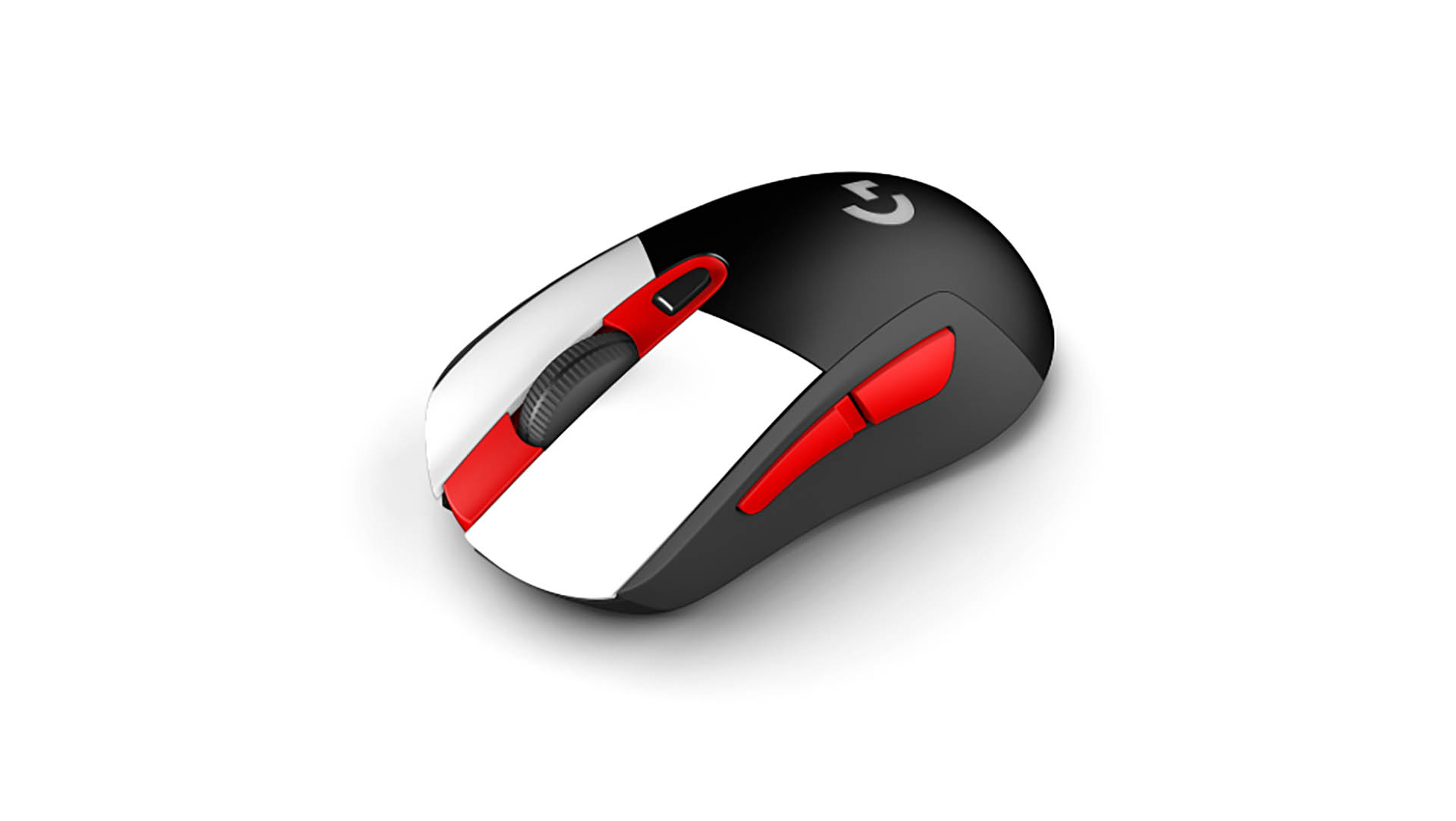Microsoft fixes PrintNightmare vulnerability but leaves it open to local attacks
Something's missing.

Microsoft has gone out of its way this week to fix a vulnerability known as 'PrintNightmare'. First officially acknowledged by Microsoft on July 1, according to Complete I.T. Blog, the vulnerability meant any instances where Microsoft Windows Print Spooler service was running, a PC would be left open to attackers, who could remotely execute malicious code at will.
The news of a fix to the vulnerability, filename CVE-2021-34527, came to our attention via @Msftsecresponse on Twitter:
Microsoft has released updates to protect against CVE-2021-34527. Please see: https://t.co/QZATXCPXnxJuly 6, 2021
Printers are a relatively common target for hackers trying to take control of machines, and once they find themselves with system privileges, they can easily shuffle your data, delete or copy important files, even create new accounts with admin rights, along with countless other sneaky activities.

Best gaming mouse: the top rodents for gaming
Best gaming keyboard: your PC's best friend...
Best gaming headset: don't ignore in-game audio
With one of the only workarounds being the system admin manually disabling the Print Spooler service—unhelpful if you need to use it on a daily basis—it comes as a great relief that Microsoft has finally rolled out a patch.
But the patch isn't a full fix, leaving Print Spooler users open still to local attacks. As noted by Tijs Hofmans over at tweakers, "It is still possible to perform a local privilege escalation. To prevent this, users can disable the Point&Print functionality."
You can find the Microsoft Windows Print Spooler security updates for here, anyway. Just be aware of any dodgy looking, probably hood-wearing characters using your local network. That's what hackers look like, right?
Keep up to date with the most important stories and the best deals, as picked by the PC Gamer team.

Screw sports, Katie would rather watch Intel, AMD and Nvidia go at it. Having been obsessed with computers and graphics for three long decades, she took Game Art and Design up to Masters level at uni, and has been rambling about games, tech and science—rather sarcastically—for four years since. She can be found admiring technological advancements, scrambling for scintillating Raspberry Pi projects, preaching cybersecurity awareness, sighing over semiconductors, and gawping at the latest GPU upgrades. Right now she's waiting patiently for her chance to upload her consciousness into the cloud.

